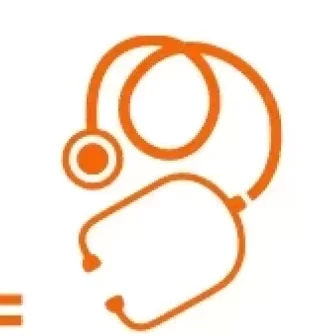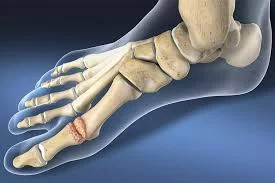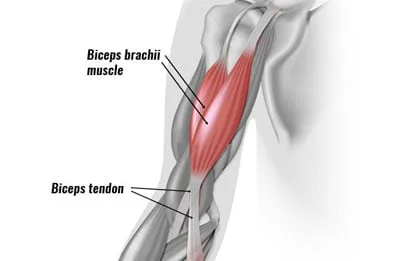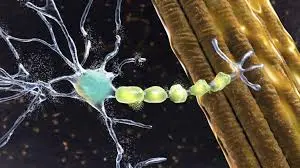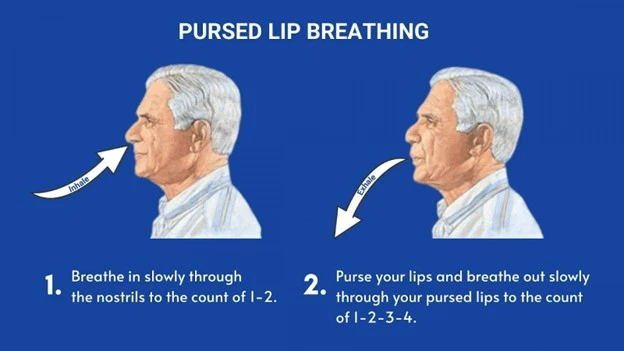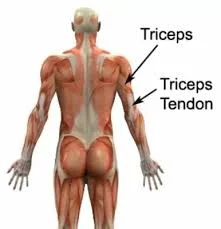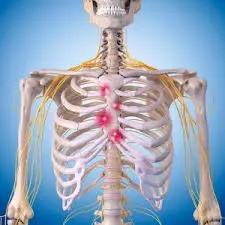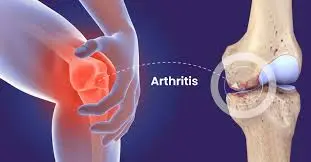Global Aphasia
Introduction Global aphasia is a severe form of aphasia that results from extensive damage to the brain’s language-dominant hemisphere, typically the left. Damage to the parts of your brain that regulate language can result in global aphasia.It’s possible that a person with global aphasia can only produce and comprehend a small number of words. They…
